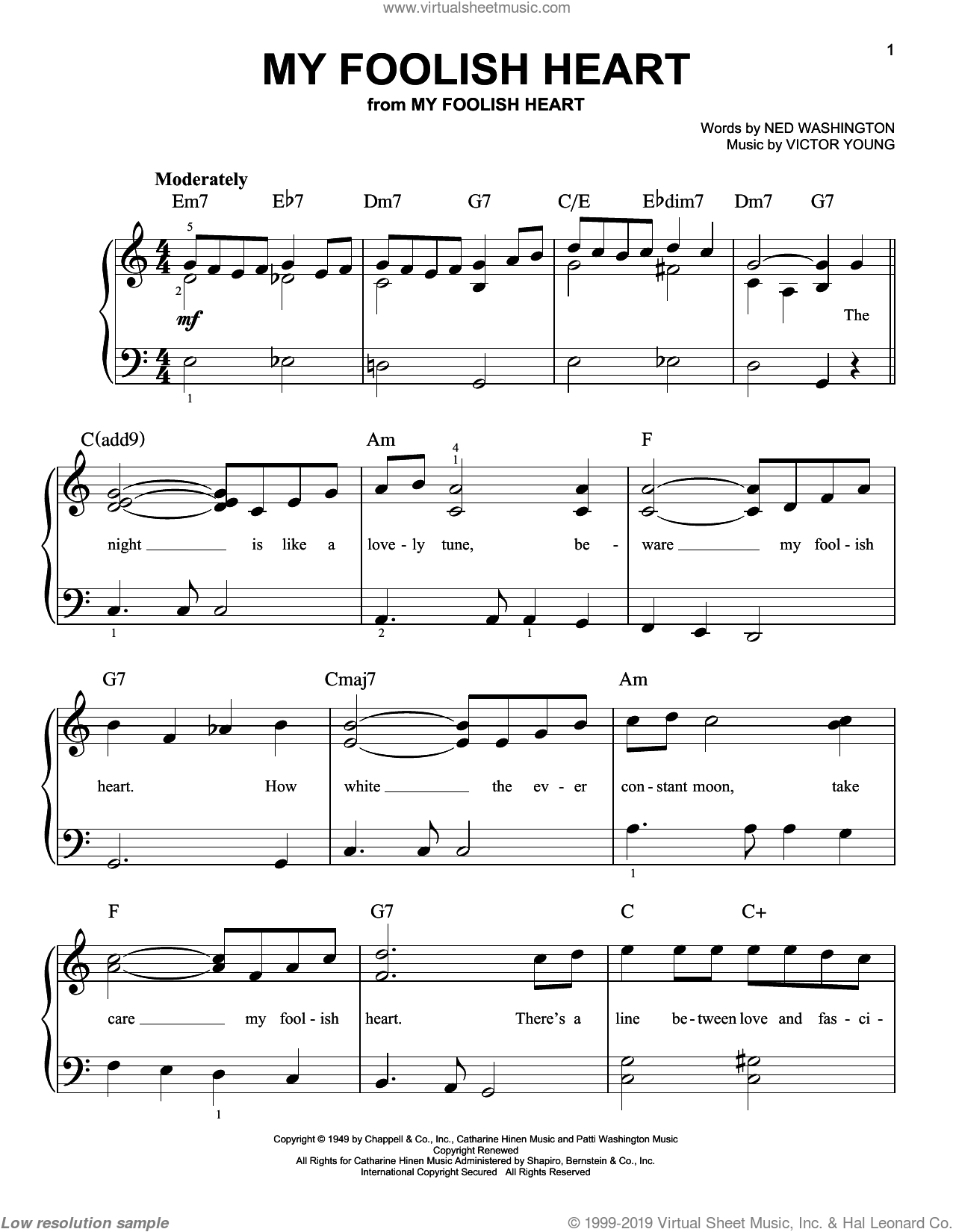How to Use a Metronome. A metronome is a musical tool so musicians know what the ideal tempo should be and also helps practice rhythm. A metronome provides a steady rhythmic sound which helps keep a player or players in the appropriate. A metronome is a practice tool that produces a regulated pulse to help you play rhythms accurately. Film go app. The frequency of the pulses is measured in beats per minute (BPM). Diligent musicians use a metronome to maintain an established tempo while practicing, and as an aid to learning difficult passages.
What is a metronome?
A metronome is a device that produces a steady pulse to help musicians play in time. The pulse is measured in BPM (beats-per-minute). A tempo marking of 60 BPM equals one beat per second, while 120 BPM equals two beats per second.
A metronome is commonly used as a practice tool to help maintain a steady tempo while learning difficult passages. It is also used in live performances and recording studios to ensure an accurate tempo throughout the performance or session.

Using the metronome
Memorytamer 1 4 4 – automatic memory freeing app. Start by selecting a tempo using the slider or, the left and right arrow keys on your keyboard. Alternately, you can tap the tempo by clicking the 'Tap tempo' button at the desired tempo or by using the 't' key on your keyboard.

Using the metronome
Memorytamer 1 4 4 – automatic memory freeing app. Start by selecting a tempo using the slider or, the left and right arrow keys on your keyboard. Alternately, you can tap the tempo by clicking the 'Tap tempo' button at the desired tempo or by using the 't' key on your keyboard.
Select the number of beats per measure at the bottom. Most music has 4, 3 or 2 beats per measure, in music notation denoted by time signatures such as 4/4, 3/4, 2/4 and 2/2. You can always select 1 if you don't know the number of beats per measure.
You can use the metronome to:
- Find the tempo indicated in the score. Set the metronome to the indicated tempo, establish the tempo, and stop the metronome before you start playing.
- Learn to play in time. Activate the mute function at the bottom, and set the metronome to play 3 bars and mute 1 bar. Play a piece you know well and keep the tempo in the muted bar. Increase the difficulty by setting the numbers to 1/1 (played/muted), 2/2, and 4/4 respectively.
- Improve your playing technique. Start at a slow practice tempo and gradually increase the tempo when you can play the piece without any mistakes.
Improve Your Rhythm - Practice Tips How to get undertale on mobile.
This talking metronome counts 'one-two-three-four' repeatedly at a steady tempo. It can be used for music that is in time signatures of 4/4, 4/8, 12/8 (when it is a compound meter), or any other time signature that has four beats per measure. The talking MetronomeBots provide a great introduction on how to use a metronome. Students who have difficulty hearing the beat often find the talking metronomes much easier to work with than the standard clicking metronomes. Read the page on practice tips for more suggestions on how to practice with a metronome.
A talking metronome in four that doesn't require Flash Player is now available at my new site, MusicAllTheTime.com. These Youtube audio files can be played on any device, including iPhones and tablets. See my blog about MetronomeBot and Adobe Flash for more information. Intellij idea 2016 1 download free.
Strokes maker 2 0. Other talking metronomes:
Talking metronome in two at MusicAllTheTime.com
Talking metronome in three at MusicAllTheTime.com
This metronome requires Flash Player. If you do not see the metronome or if it does not function properly, visit the new talking MetronomeBot in four, or select a tempo below.
Get the Boss talking Dr. Beat DB-90 Metronome metronome.
My Metronome 1 1 12 2
Content on this page requires a newer version of Adobe Flash Player.
My Metronome 1 1 12 As A Decimal
Talking MetronomeBot tracks in four
My Metronome 1 1 12 Commentary
40 BPM talking metronome in four
42 BPM talking metronome in four
44 BPM talking metronome in four
46 BPM talking metronome in four
48 BPM talking metronome in four
50 BPM talking metronome in four
52 BPM talking metronome in four
54 BPM talking metronome in four
56 BPM talking metronome in four
58 BPM talking metronome in four
60 BPM talking metronome in four
63 BPM talking metronome in four
66 BPM talking metronome in four
69 BPM talking metronome in four
72 BPM talking metronome in four
76 BPM talking metronome in four
80 BPM talking metronome in four
84 BPM talking metronome in four
88 BPM talking metronome in four
92 BPM talking metronome in four
96 BPM talking metronome in four
100 BPM talking metronome in four
104 BPM talking metronome in four
108 BPM talking metronome in four
112 BPM talking metronome in four
116 BPM talking metronome in four
120 BPM talking metronome in four
126 BPM talking metronome in four
132 BPM talking metronome in four
138 BPM talking metronome in four
144 BPM talking metronome in four
152 BPM talking metronome in four
160 BPM talking metronome in four
168 BPM talking metronome in four
176 BPM talking metronome in four
184 BPM talking metronome in four
192 BPM talking metronome in four
200 BPM talking metronome in four
208 BPM talking metronome in four
216 BPM talking metronome in four
224 BPM talking metronome in four
232 BPM talking metronome in four
240 BPM talking metronome in four

